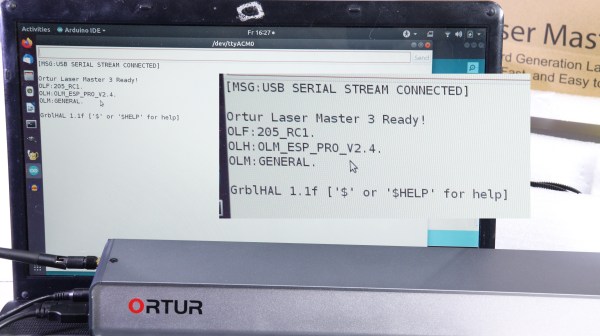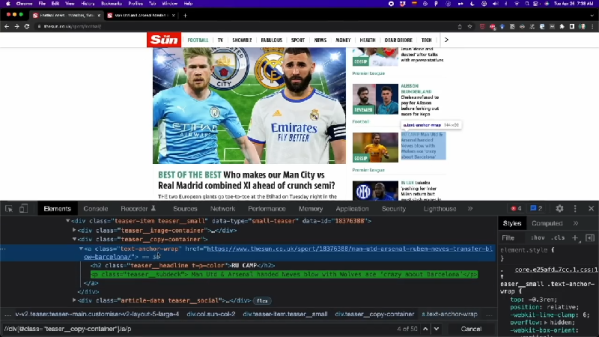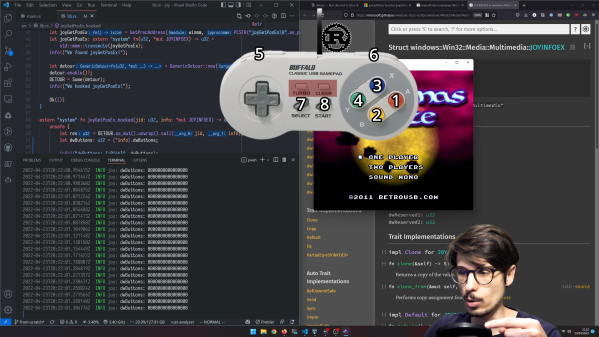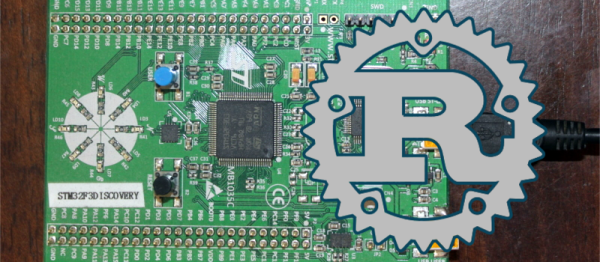The holy grail of computing is to have some way to distribute a program to any computer. This is one of those totally unachievable goals, but many have tried with varying degrees of success. People naturally think of Java, but even before that there was UCSD’s P-code and many other attempts to pull off the same trick. We were impressed, though, with Redbean 2.0 which uses a single executable file to run a webserver — or possibly other things — on six different operating systems. If the six operating systems were all flavors of Linux or Windows that wouldn’t be very interesting. But thanks to APE — the Actually Portable Executable — format, you can run under Windows, Linux, MacOS, OpenBSD, NetBSD, and FreeBSD.
This is quite a feat when you realize that most of these take wildly different file formats. There is one small problem: you can’t use much of anything on the host operating system. However, if you look at Redbean, you’ll see there is quite a lot you can do.
Continue reading “Color Us Impressed: Redbean Runs A Web Server On Six Operating Systems”

















